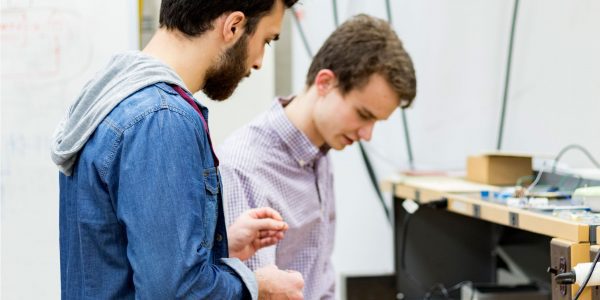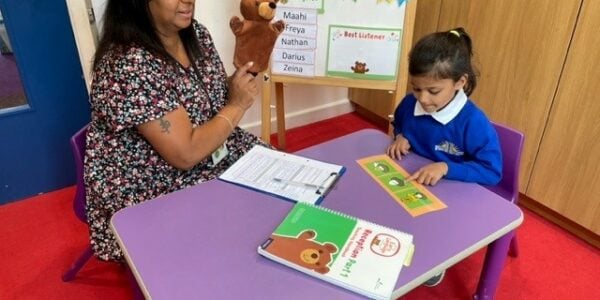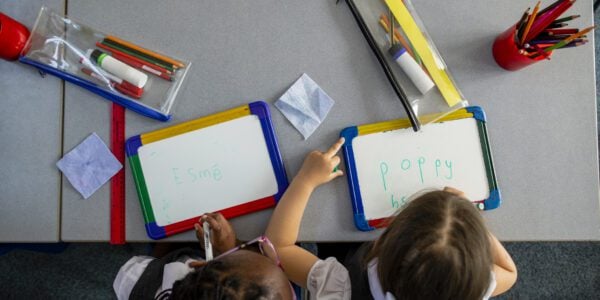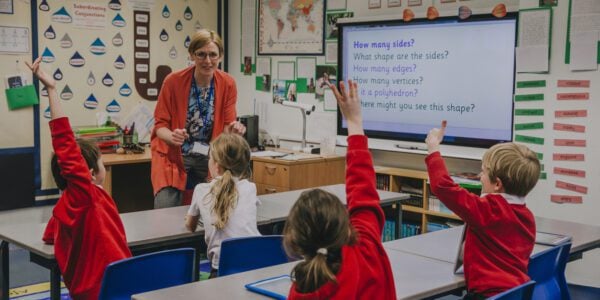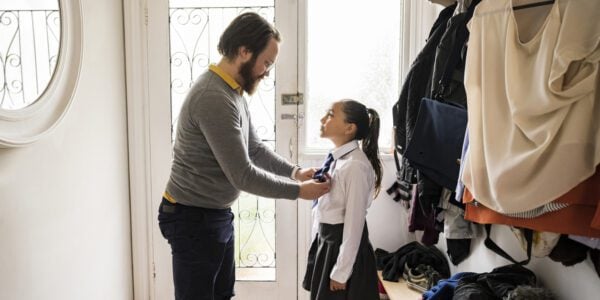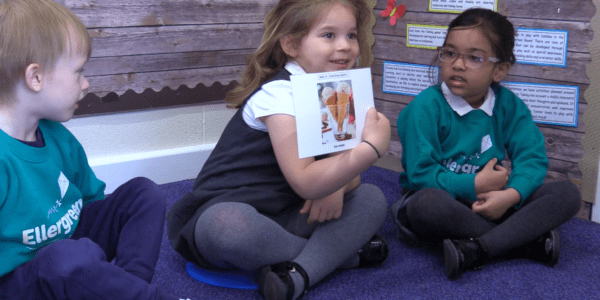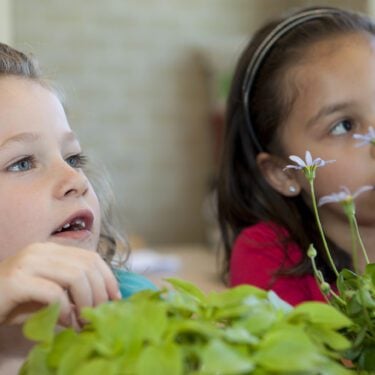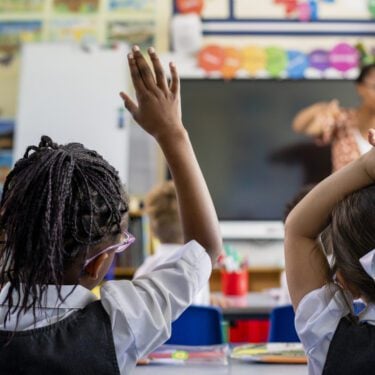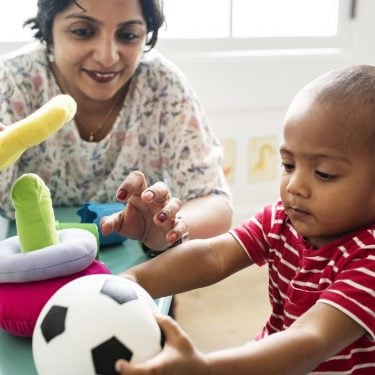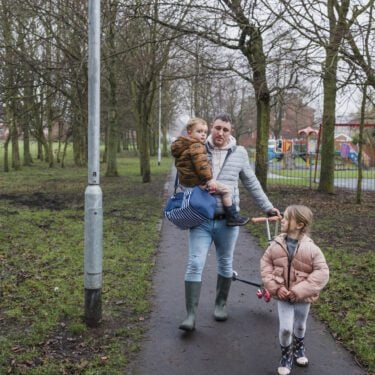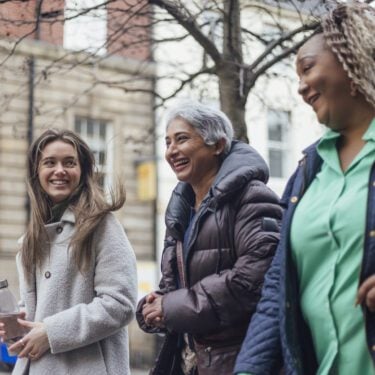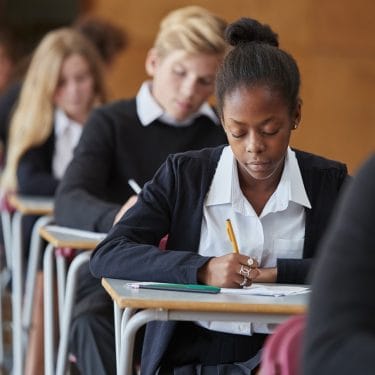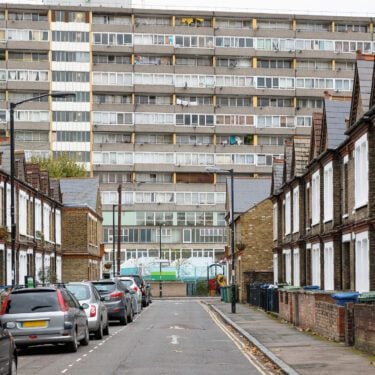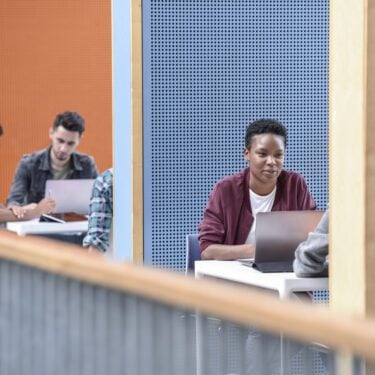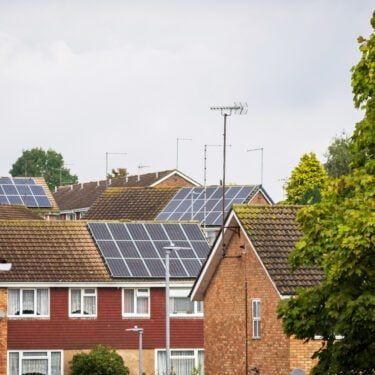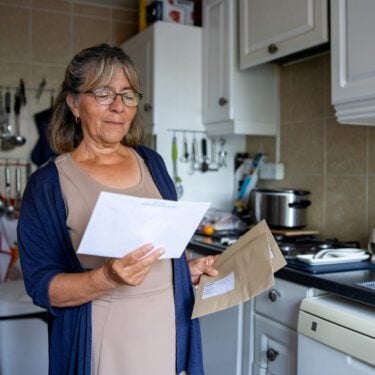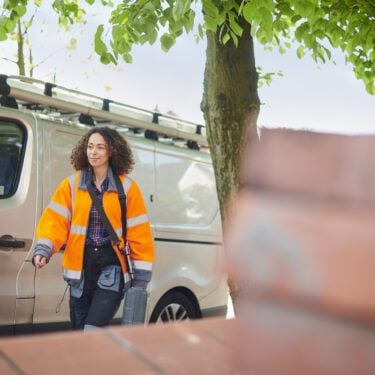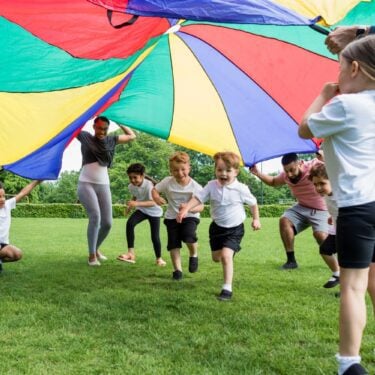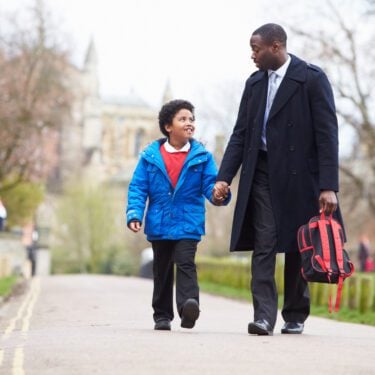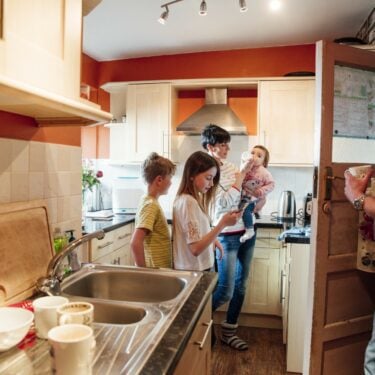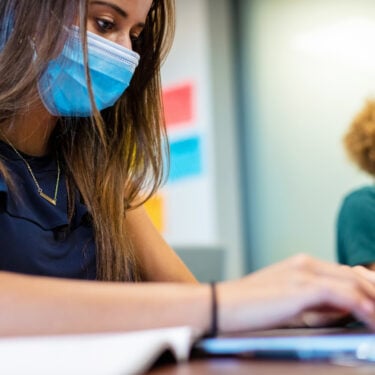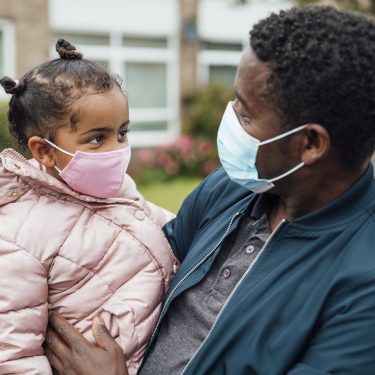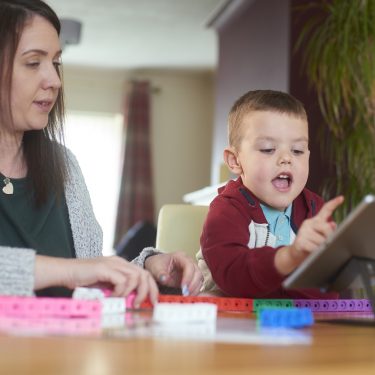
21/08/17
3 min read
Girls who take ‘applied’ subjects, such as health and social care or home economics, at GCSE may be facing educational disadvantage as a result, a new study has found.
The researchers, from the Centre for Longitudinal Studies at the UCL Institute of Education, used data from Next Steps, a study of 16,000 people born in England in 1989-90, and from the National Pupil Database. The research was funded by the Nuffield Foundation and the Economic and Social Research Council.
Young people who took applied GCSEs were less likely to stay on at A-level and to take ‘facilitating’ A-levels favoured by prestigious universities. Vocational subjects appeared to put both boys and girls at a disadvantage, even after taking into account the fact that less privileged young people and those with lower prior Key Stage test scores were more likely to take applied subjects at GCSE.
This disadvantage linked to applied GCSEs was particularly strong for girls. In particular, the researchers found that girls studying applied GCSEs were less likely to take ‘facilitating’ A-levels such as the sciences and maths. These findings suggest that girls could be held back if their schools encourage them to take those options.
Vanessa Moulton, the lead author of the paper, published today by CLS, says applied subjects can be particularly unhelpful for girls who want to progress in education: “Applied subjects are particularly strongly gendered, with girls and boys taking completely different subjects. Essentially what you see is predominantly working class girls taking subjects such as health and social care, which do not necessarily enhance their future prospects,” she said. “Boys are more likely to take subjects such as engineering or information and communication technology, which may be less limiting post-16.”
The research also examined whether pupils had taken ‘EBacc’ subjects for GCSE, and found pupils studying them were more likely to stay in education after 16. This was particularly true for girls.
The findings appear to give some support to Government reforms, which see schools judged on the proportion of pupils gaining good GCSEs in academic subjects, including languages, history or geography (known as the ‘EBacc’). Opponents of the EBacc have argued it leads to too narrow a curriculum, and that these subjects are not always suitable for less able pupils.
Vanessa Moulton said: “We are unable to find evidence to support the value of less academic – non-EBacc – or applied subjects, not just on average, but for any social group, including working class pupils. In fact, for white pupils and girls in particular, taking EBacc subjects was strongly associated with staying on in full time education past 16.”
Meanwhile another paper in the same series, also published today,highlights the influence that schools have on the GCSE subjects that pupils take. Researchers found that the biggest influence on whether or not pupils choose to study academically demanding subjects at GCSE, is the average attainment at their school and not their own past performance. The paper uses data from the National Pupil Database on mainstream English state-funded schools for the academic year 2005-06.
According to the research, a bright pupil in an academically selective school is more likely to take an academic route than an equally bright pupil in a less selective school. Pupils in single-sex schools are also more likely to study academically demanding subjects.
Jake Anders of the UCL Institute of Education, the lead author on the study, said: “These results highlight that we should be sceptical of considering young people’s subjects of study purely in terms of ‘choice.’ They are, at most, constrained choices, potentially both for individuals and for schools.”
Some schools with less advantaged intakes may be more likely to offer their pupils more applied subjects, the paper suggests. Alternatively, schools in poorer areas may struggle to recruit good teachers in more academic subjects, and this may prevent pupils from taking certain combinations of options.
